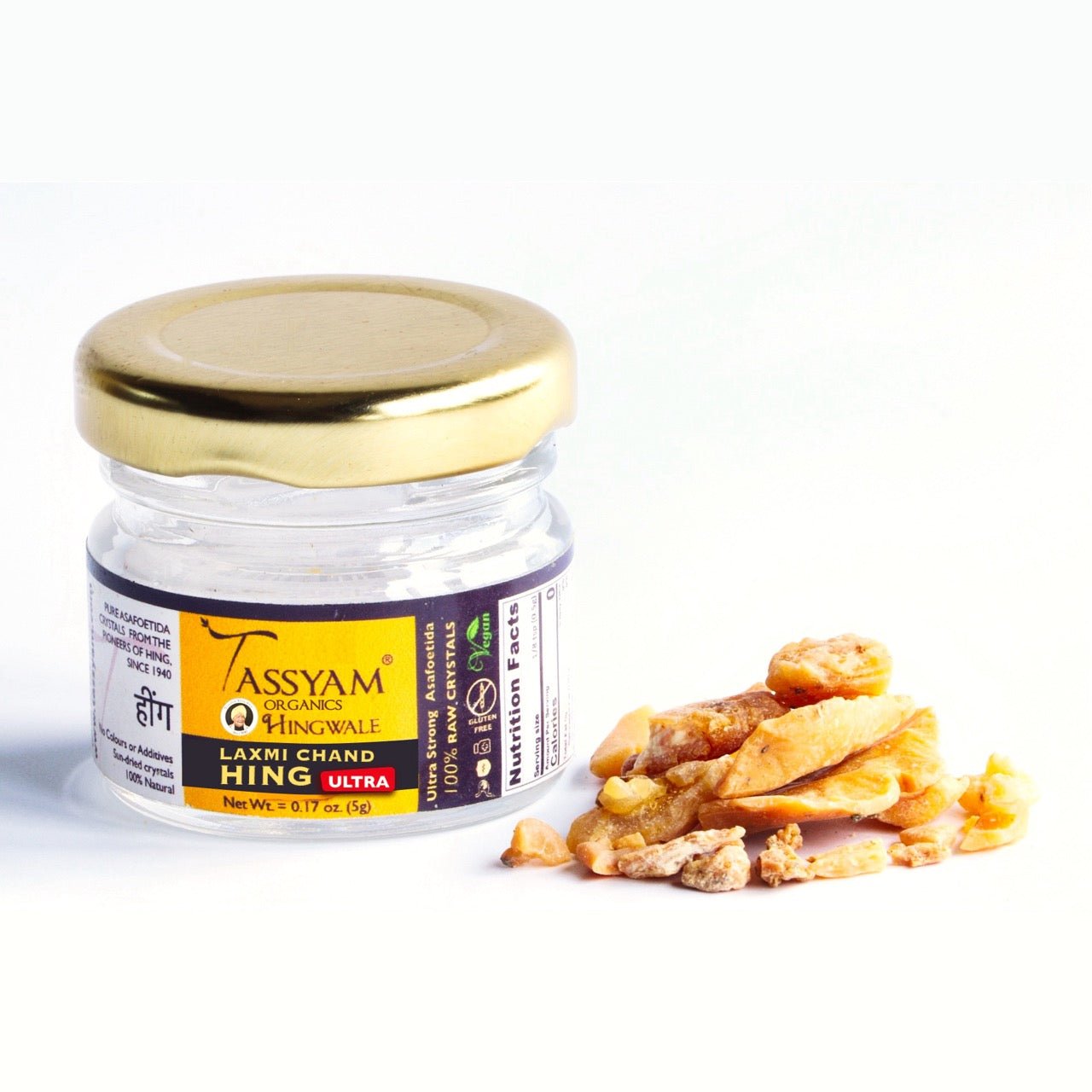
6 Lesser Known Flours You Need to Include in Your Diet Now
Share
We consume flour in so many forms in our daily diet- bread for our sandwiches, roti and paratha to go along with our curries and dal, crackers, even foods we eat at cafes and restaurants (pizza, burger, pita breads, noodles, pasta and so much more). But, if we ask you to name some flours, you would name just atta and maida. That's because we really do not know about the lesser known flours that we consume and/or we are totally unaware about their existence. Check out this list of lesser known flours you can easily include in your diet.
1. Buckwheat Flour

Another flour very popularly used during fasting in India is buckwheat flour or kuttu ka atta. Buckwheat belongs to a group of foods called pseudocereals, which means they classify as cereals but do not grown on grasses. Buckwheat flour is gluten-free and is mainly composed of carbs, but also has a decent amount of proteins, fiber and resistant starch, which might help in maintaining colon health.
It is a rich source of anti-oxidants, improves blood sugar levels and may promote good heart health. Buckwheat flour is used in making Japanese Soba noodles, pancakes, chillas, pakore, brownies, paratha and Tabbouleh, a Middle Eastern salad.
2. Besan

Besan or chickpea flour is a type of flour made from ground chick peas and is very popular in the Indian subcontinent. It is a very rich source of carbohydrates, has high fiber content and no gluten. Being made from chickpea, a form of legume, it also has proteins in abundance. Besan is used in Indian cooking in a variety of ways- in making snacks like dhokhla, pakore, sev, bhujiya, chakli; kadhis, chillas and sweet dishes like soan papdi, ladoos, Mysore pak and so much more. Not only is besan the reason we get all the above mentioned delectable food items, it is highly beneficial for the body too. Because it is a good source of protein, besan helps in maintaining muscle mass and strength. It is good for reducing the amount of bad cholesterol in the body and reduces blood sugar levels.
3. Amaranth flour

Gluten-free, check. High protein content, check. Widely used by the Aztec and Inca civilizations of the pre-Columbian Americas, Amaranth flour, also known as Rajgira ka atta, is produced by grinding the seeds of the amaranth plant into a fine powder. It has a nutty, earthy texture and is enriching in terms of nutrition. It has high levels of amino acid lysine, which helps the absorption of calcium in the digestive tract. It is also known to have 5 times the iron and 3 times the fiber content of whole wheat flour. Other than that, amaranth flour is a rich source of micronutrients like potassium, phosphorus, Vitamin A and Vitamin C.
Amaranth flour is mainly used during fasting, but you can also include it in your daily diet in some amount in the form of paratha, pooris, ladoos and barfi.
4. Millet flour

A cereal grain belonging to the Poaceae family, millets are widely consumed in Asia and Africa. It is gluten-free and has a high protein, fiber and anti-oxidant profile. Not only is millet healthy for the body, growing it has multiple advantages over other crops. Millets are drought and pest-resistance and can survive very harsh climatic conditions and grow even in less fertile soil.
Millets are of two varities- major millets and minor millets. Major millets include pearl, foxtail, proso and finger (ragi); minor millets include barnyard (samaa ke chawal), kodo, guinea, browntop, fonio and many more.
Millets are high in carbs but also contain essential minerals and vitamins like proteins, phosphorus, magnesium, iron and folate. It is rich in anti-oxidants, has anti-inflammatory properties and may help in controlling blood sugar levels. Millets work as a good replacement for rice. It is also widely sold in the form of flour, which is also fairly easily to include in your diet.
5. Maize flour

Maize flour or makki ka atta is a household favourite in India especially during the winter season. It is gluten-free and is one of the grains which provide energy. It contains Vitamin B, which is good for skin, hair and heart and proper digestion. It is also a good source of Vitamin A, C, K, beta-carotene and selenium, all of which boost immunity and improve the functioning of the thyroid gland.
Maize flour can be used to make roti which go really well with sarso ka saag in winters. It also works well to make tortilla chips, nachos and even dhokhla.
6. Jowar

Jowar is considered to be one of the healthiest grains in the world. It is also known as sorghum and contains high amounts of fiber, which help in digestion by preventing problems like bloating, gas and constipation. It is rich in anti-oxidants, boosts immunity and is 100% gluten-free. You can make dosa, paratha and roti with jowar just like you make with your regular whole-wheat flour.

